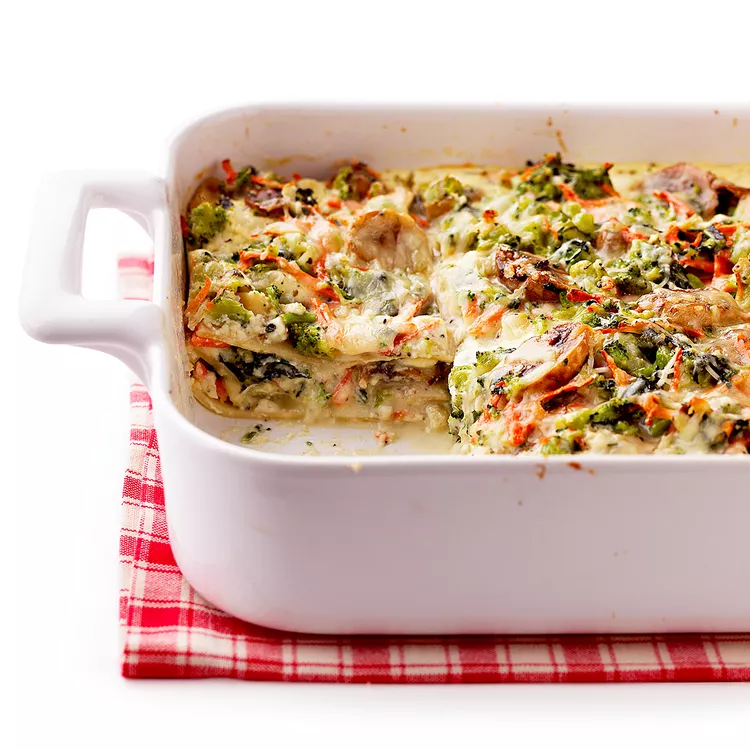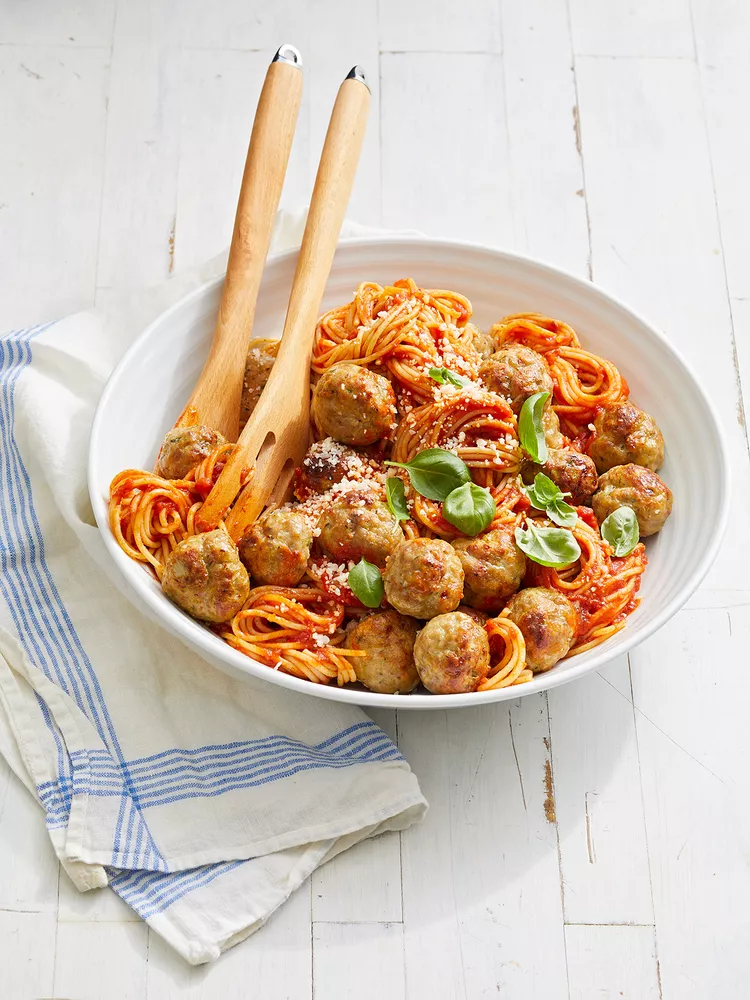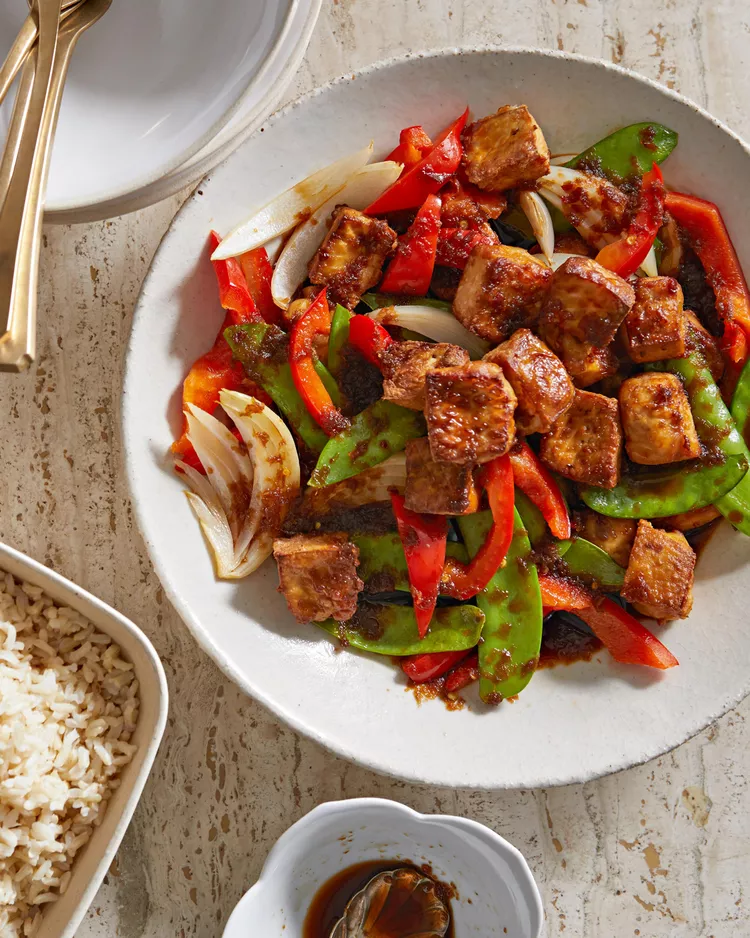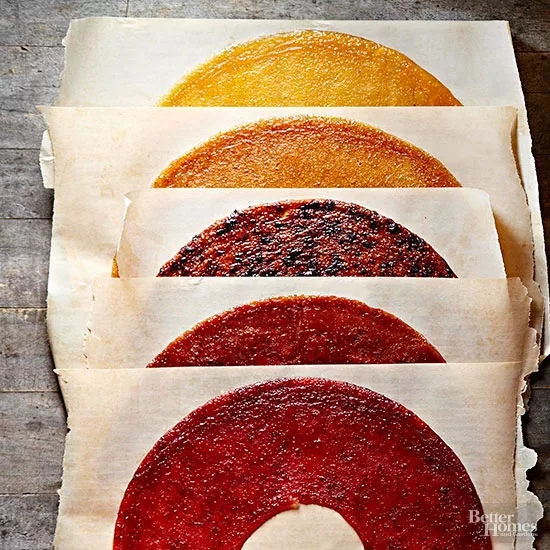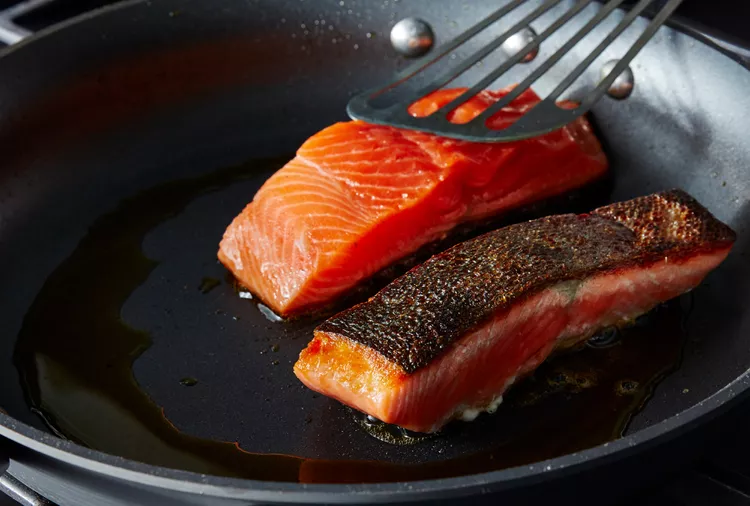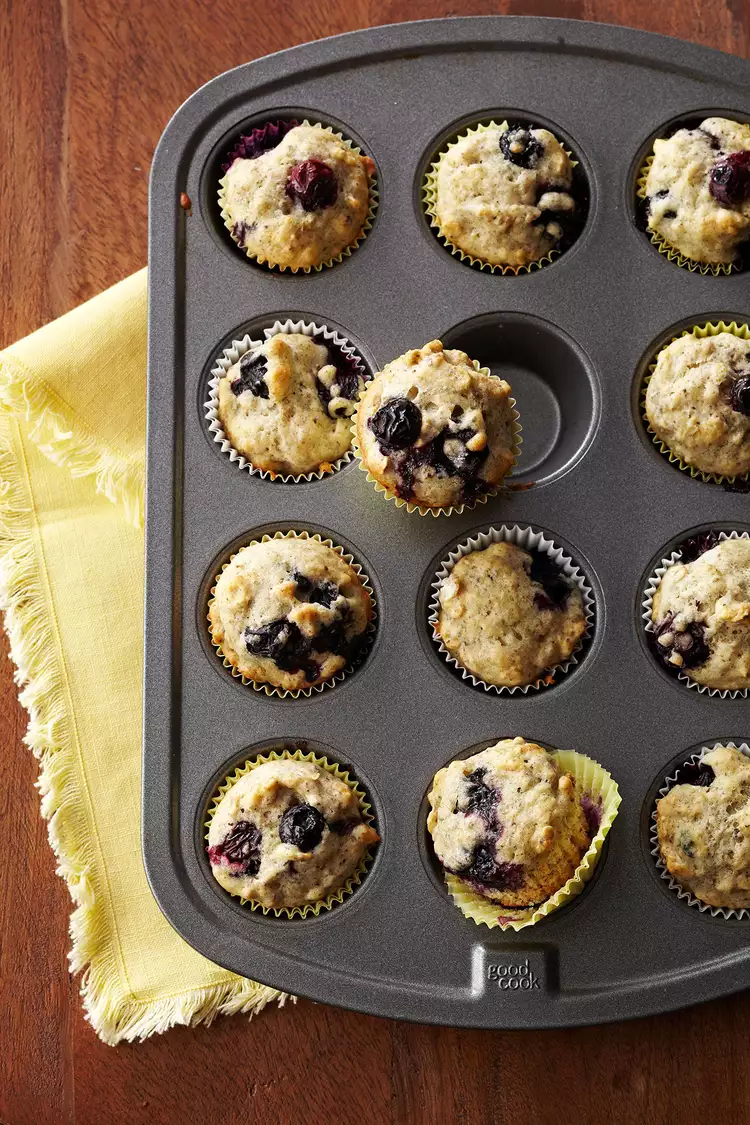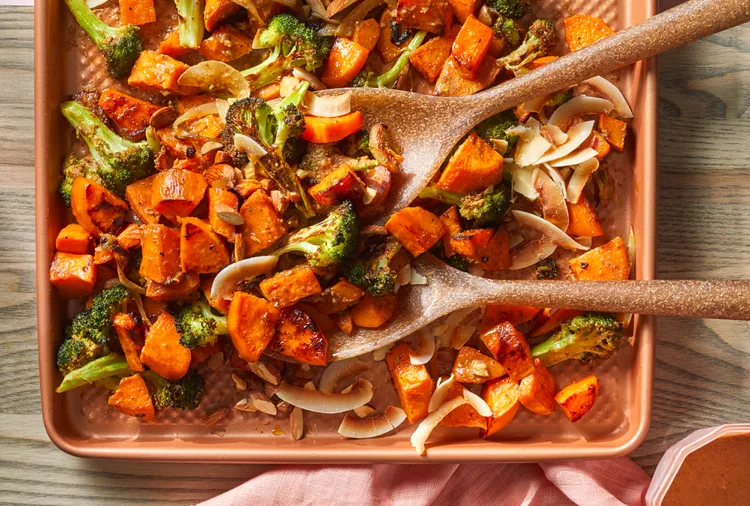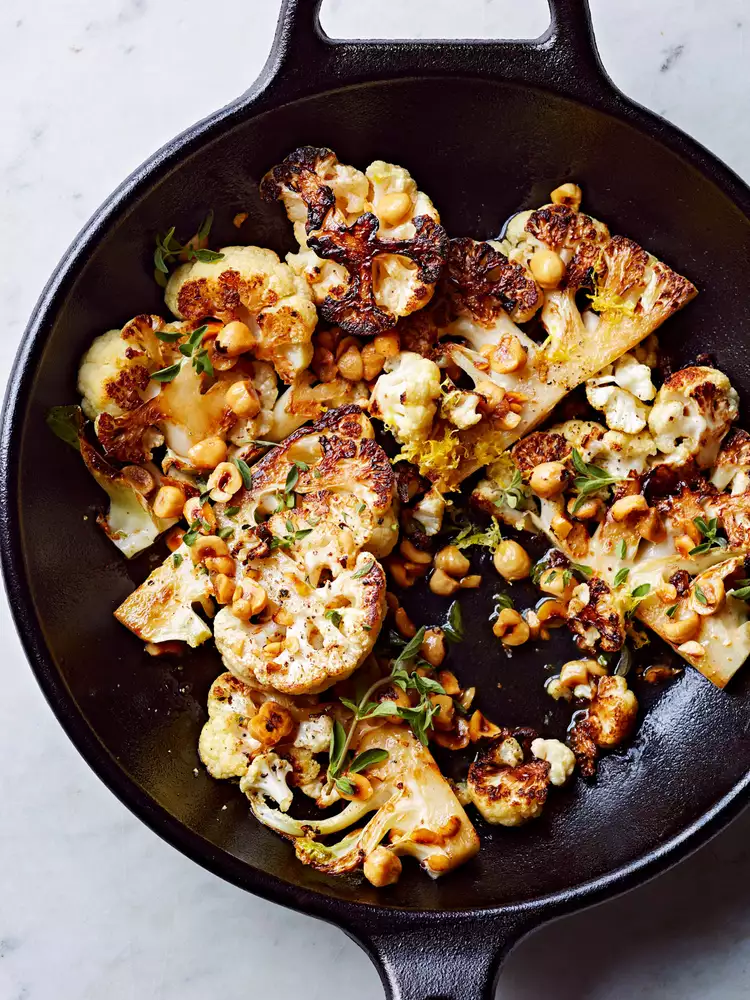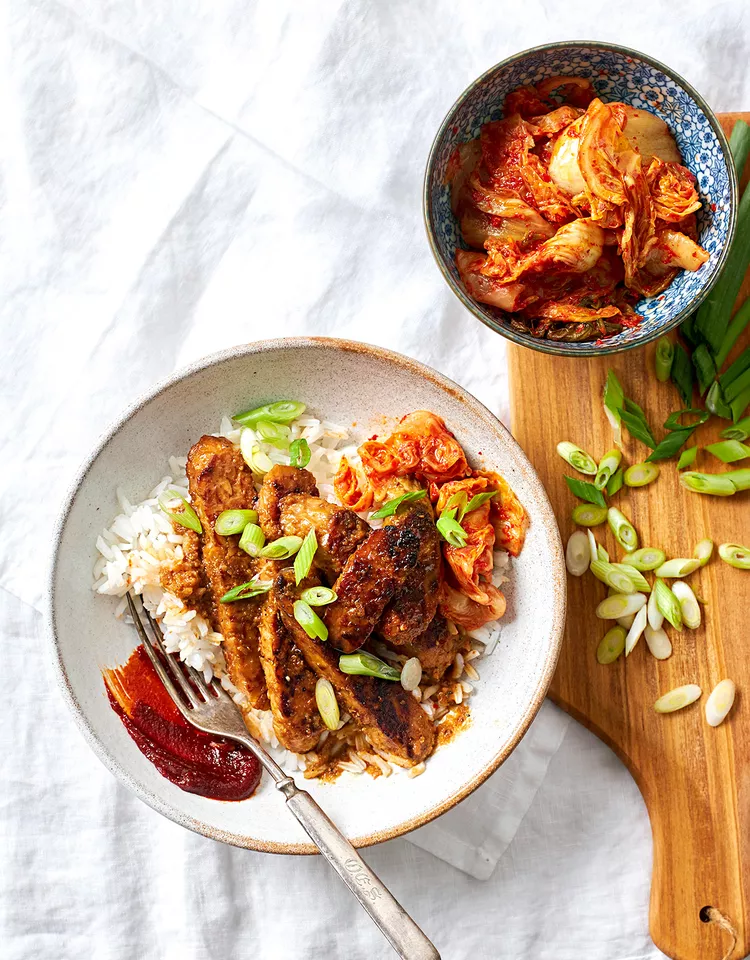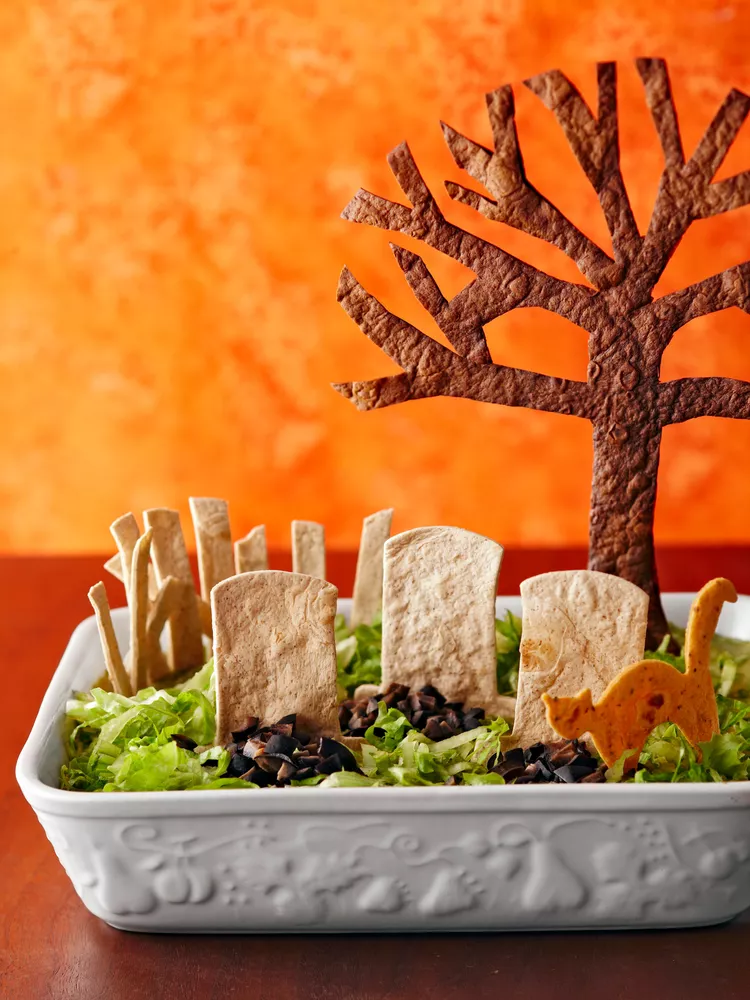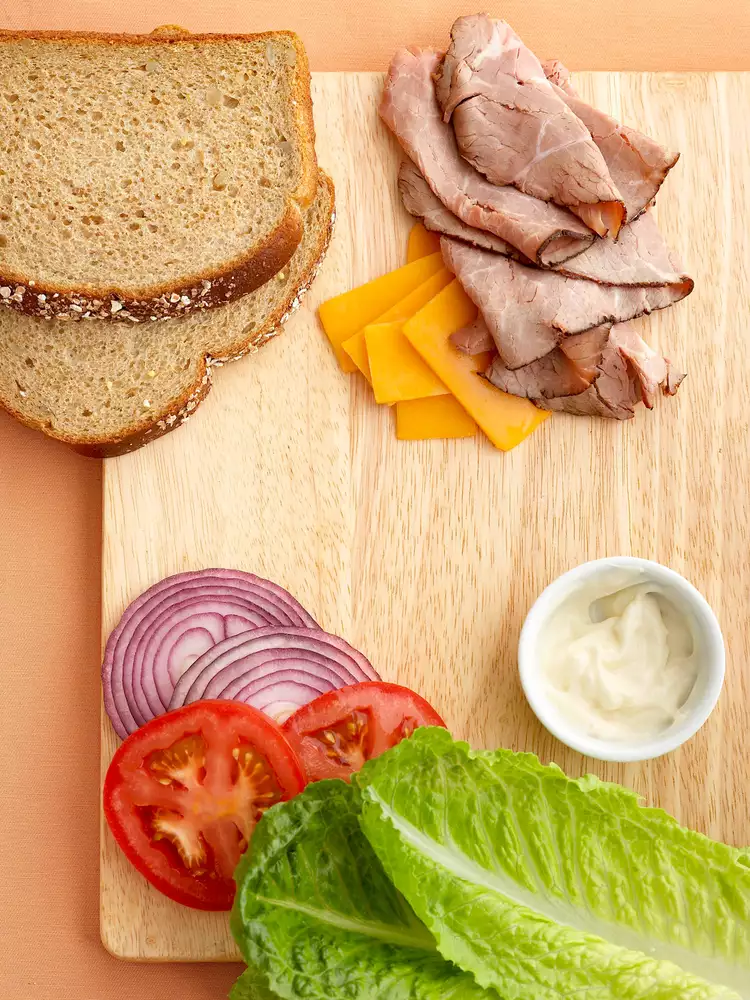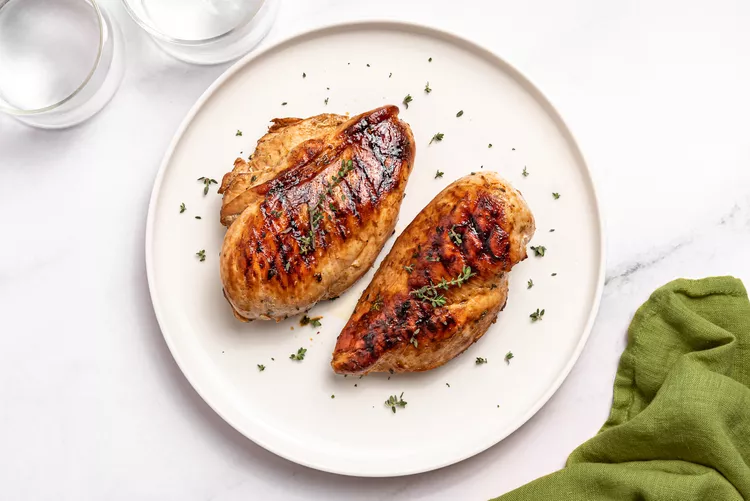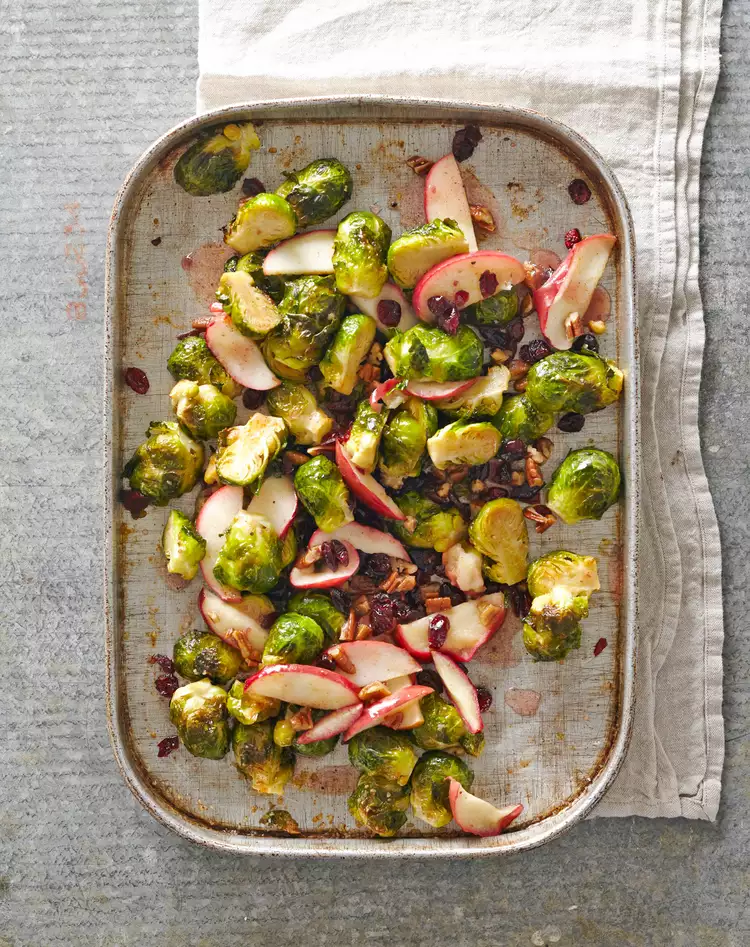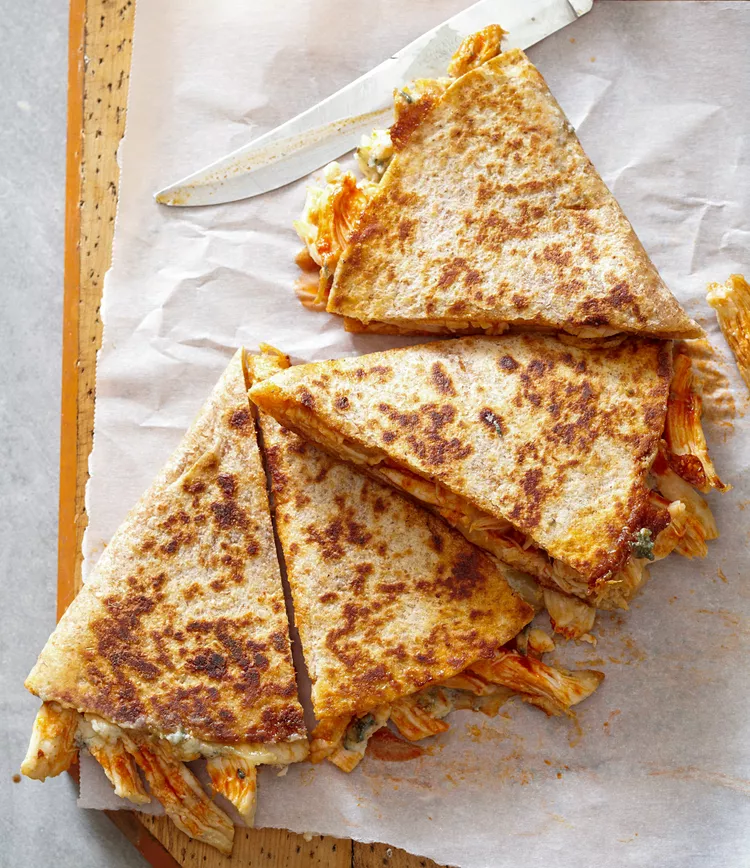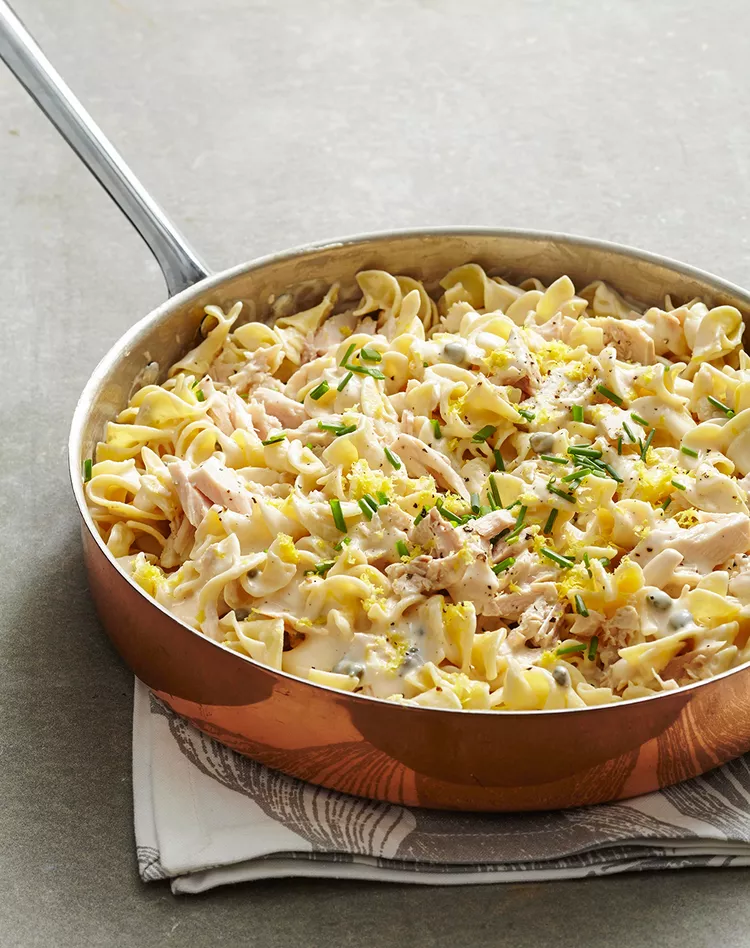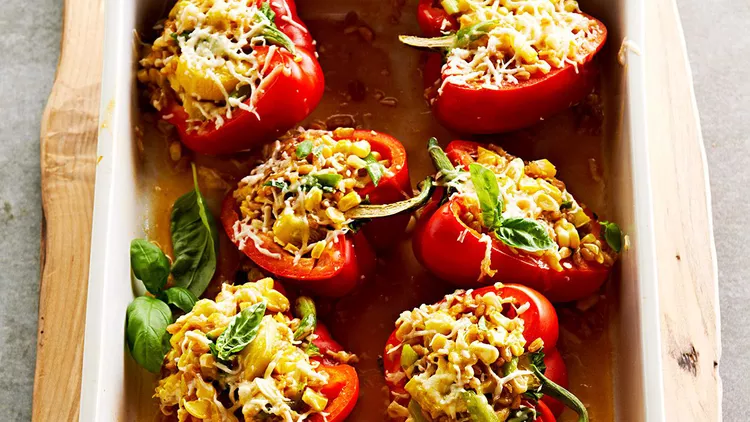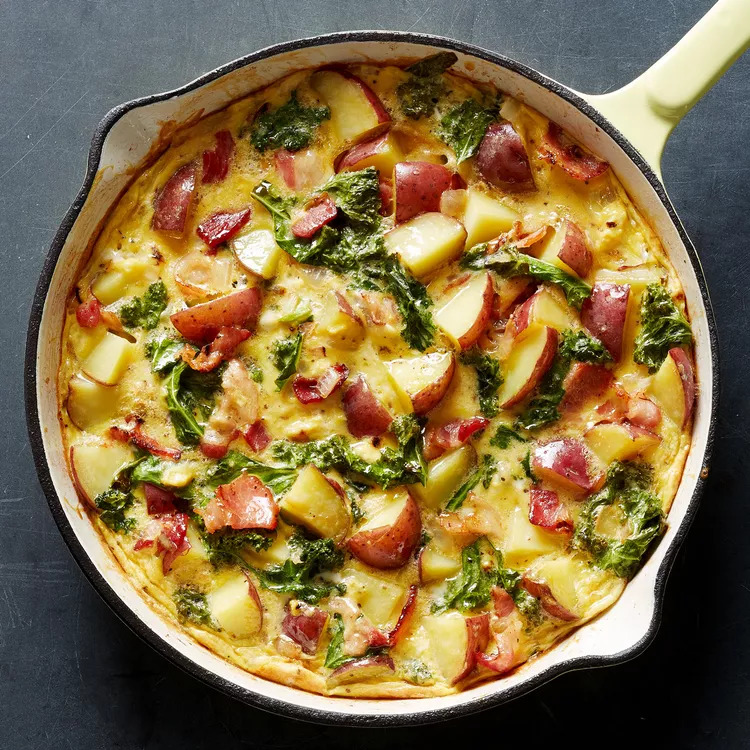Thanks to the use of both frozen and fresh vegetables, this is a quick and easy vegetarian lasagna recipe. It will create a hearty meal that the whole family will enjoy. Head to the produce aisle to stock up on ingredients, then make this healthy, delicious veggie lasagna in a little over an hour.
Tips for Making Vegetable Lasagna
Here are a few tips for making a delicious vegetable lasagna to feed the whole family.
- Soak your noodles instead of boiling them. If you don’t want to go through the trouble of boiling your noodles, simply soak your dry noodles in hot water. This will help them cook faster in the oven. Simply fill a large bowl with hot tap water, put the noodles in, and let them soak for 20 minutes. Then drain them.
- Avoid overloading your lasagna. Even though you want your lasagna to be packed with veggies, don’t go overboard. If you pack too many vegetables inside, then it could turn your lasagna soggy.
- Consider using cottage cheese. If you don’t love the taste of ricotta cheese, you can still enjoy this recipe. Simply substitute this ingredient with cottage cheese.
- Defrost your frozen spinach. Since you don’t want your lasagna to turn out soggy, make sure that you defrost your spinach beforehand. Then drain all of the moisture out before using.
Ingredients
-
8 ounce dried lasagna noodles (9 or 10 noodles)
-
2 eggs, beaten
-
2 cup cream-style cottage cheese
-
1 15 ounce carton ricotta cheese
-
2 teaspoon dried Italian seasoning, crushed
-
2 cup sliced fresh mushrooms
-
1 cup chopped onion (1 large)
-
4 cloves garlic, minced
-
2 tablespoon olive oil or cooking oil
-
2 tablespoon all-purpose flour
-
½ - 1 teaspoon black pepper
-
1 ¼ cup milk
-
1 10 ounce package frozen chopped spinach, thawed and thoroughly drained
-
1 10 ounce package frozen chopped broccoli, thawed and thoroughly drained
-
1 cup shredded carrot
-
¾ cup shredded Parmesan cheese (3 ounces)
-
1 8 ounce package shredded mozzarella cheese (2 cups)
Directions
-
Cook Noodles
Cook lasagna noodles according to package directions. Drain; set aside.
-
Combine Ingredients
In a medium bowl combine eggs, cottage cheese, ricotta cheese, and Italian seasoning. Set aside.
-
Cook the Vegetable Mixture
In a large skillet cook mushrooms, onion, and garlic in hot oil until tender. Stir in the flour and pepper; add milk all at once. Cook and stir until slightly thickened and bubbly. Remove from heat. Stir in the spinach, broccoli, carrot, and 1/2 cup of the Parmesan cheese.
-
Assemble the Lasagna Layers
To assemble, in a greased 3-quart rectangular baking dish, layer one-third of the noodles, folding or cutting to fit, if necessary. Spread with one-third of the cottage cheese mixture, then one-third of the vegetable mixture. Sprinkle with one-third of the mozzarella. Repeat the layers twice. Sprinkle with the remaining 1/4 cup Parmesan cheese.
-
Bake the Lasagna
Bake, uncovered, in a 350 degree F oven for 35 minutes or until heated through. Let stand for 10 minutes before serving.
-
Serve
Makes 12 servings
Quick Vegetable Lasagna:
Substitute 6 ounces no-boil lasagna noodles (12) for the dried lasagna noodles. Increase milk to 2 cups and spread 1/2 cup of the vegetable mixture in the bottom of the dish before adding the first layer of noodles. Continue as directed above.
Tips
Prepare as above through Step 4. Cover the unbaked lasagna with foil and chill for up to 48 hours. Bake, covered, in a 350 degree F oven for 30 minutes. Uncover and bake for 30 to 35 minutes more or until heated through. Let stand for 10 minutes before serving.
Nutrition Facts (per serving)
| 322 | Calories |
| 15g | Fat |
| 25g | Carbs |
| 22g | Protein |
| Nutrition Facts | |
|---|---|
| Servings Per Recipe 12 | |
| Calories 322 | |
| % Daily Value * | |
| Total Fat 15g | 19% |
| Saturated Fat 8g | 40% |
| Cholesterol 78mg | 26% |
| Sodium 388mg | 17% |
| Total Carbohydrate 25g | 9% |
| Total Sugars 4g | |
| Protein 22g | 44% |
| Vitamin C 14.2mg | 16% |
| Calcium 373.6mg | 29% |
| Iron 1.8mg | 10% |
| Potassium 373mg | 8% |
| Folate, total 88.7mcg | |
| Vitamin B-12 0.7mcg | |
| Vitamin B-6 0.2mg | |
*The % Daily Value (DV) tells you how much a nutrient in a food serving contributes to a daily diet. 2,000 calories a day is used for general nutrition advice.
